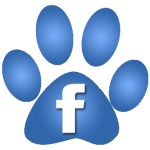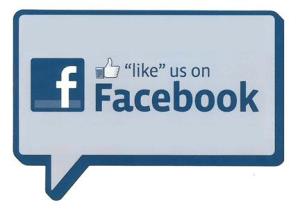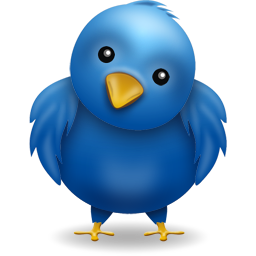
Photo Courtesy of chenected.aiche.org
This year’s October issue of DOGFANCY had a great article by Kim Campbell Thornton about how marketing and social media can empower shelters. As a public relations specialist and a supporter of animal shelters, I was glad to see that the use of social media within a shelter’s marketing plan is finally going main stream. In my opinion, social media has been overlooked far too long in the animal shelter world and it’s exciting to see it being used more and more. The whole point of the article in DOGFANCY was to showcase how shelters are getting creative with their community relations plan to draw in more potential adopters while gaining community support.
Some of the creative marketing ideas that Thornton listed were:
- “senior citizen discounts

A child’s birthday party at the Humane Society of Huron Valley
- fundraisers featuring bingo night
- birthday parties for kids
- furry speed dating
- money-back guarantees
- attractive professional photos
- clever copy”(Thornton, 31)
Thornton went on to say that “outside-the-kennel” thinking is what will ultimately help shelters achieve their goals.
The Nevada Humane Society in Reno was highlighted in this article as their Executive Director Bonney Brown has come up with some very clever events. Some of those events are:
- “a Valentine’s Day promotion including a three-hour Furry Speed Dating event
- a 10-day Mardi Gras adoption promotion with a “Mardi Paws” parade featuring animals who had been in the shelter the longest and came with reduced adoption fees
- a Presidents Day adoption promotion
- an Arbor Day promotion where adopters received a free tree from a local nursery and light bulbs from the local energy company
- a car dealership pays for Pet of the Week ads and people who test-drive a car get discounted pet adoptions
- Moms get a special deal on adoptions on Mother’s Day
- an Independence Day ice cream social
- having the shelter stay open late on Halloween so families can come trick-or-treat” (Thornton, 32).
As for the use of social media, Thornton gave great real-world examples of how shelters are utilizing these free tools.
 The Humane Society of Boulder Valley in Colorado utilizes Facebook to:
The Humane Society of Boulder Valley in Colorado utilizes Facebook to:
- “announce events
- post information about specific animals
- request donations of needed items
- remind pet owners of seasonal concerns” (Thornton, 32)
The Baltimore Humane Society uses Twitter to:
- “call for foster homes and volunteers

- feature pets for adoption
- post YouTube videos of available pets
- announce events and media coverage” (Thornton, 32)
Destroying the stereotype of a dark, damp, poorly-kept kennel is something social media and creative marketing strategies can accomplish for shelters. As Brown said in this article, “Make the shelter a fun place instead of a place people dread” (Thornton, 32). If animal shelters will continue to embrace the new possibilities that social media and marketing can bring, I truly believe that more animals would find “fur-ever” homes-and isn’t that what it’s all about? 🙂
***If you’d like to read the article I received this information from, here’s the data for the DOGFANCY magazine the article was in:
DOGFANCY, OCT. 2012, Volume 43/Number 10***








